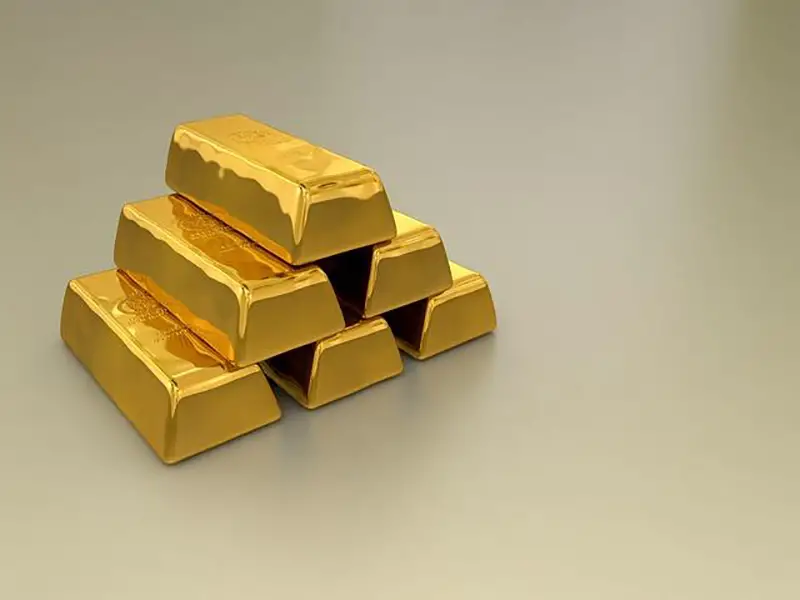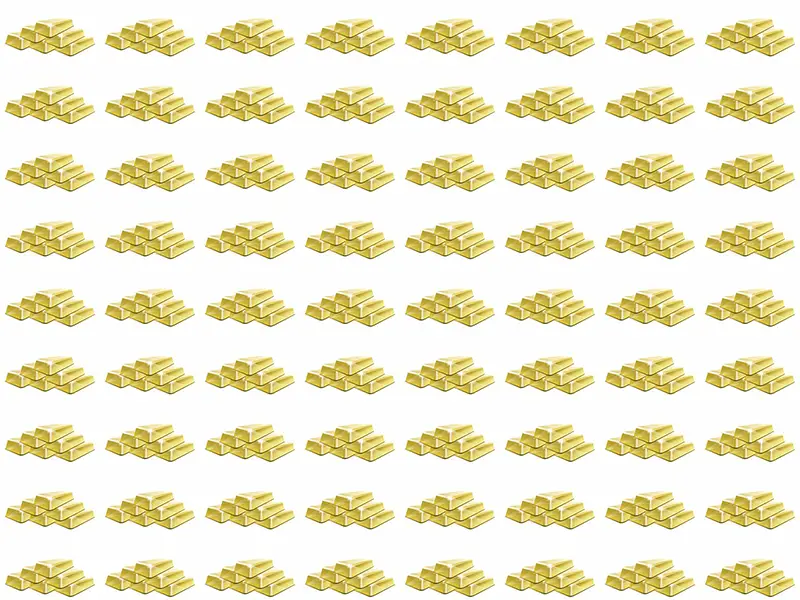Click here to get this post in PDF
Many investors nowadays prefer to put some of their wealth in gold. However, physical gold is a challenge on many levels unless held in an IRA. The gold IRA works relatively the same as a conventional IRA with the same tax advantages, except it’s a special individual retirement account allowing alternative investments.
A conventional account is directed primarily toward paper-heavy assets like stocks, mutual funds, and bonds. In the case of gold IRAs, a self-directed IRA can hold not only the precious metal but also paper assets and a wealth of other non-conventional options, including real estate.
The self-directed IRA is regulated more stringently than a conventional account with specific precious metal types, forms, and qualities stipulated by the IRS for hold.
The coins, bars, rounds, and ingots can be either silver, gold, platinum, or palladium, with the purity being 99.5 percent for gold, 99.9 percent for silver, and 99.95 for palladium and platinum. There are also designated coins that are IRA-eligible, but none should be rare or collectible items.
In deciding whether a gold IRA suits your financial circumstances or will meet your future objectives, reaching out to your financial planner or tax consultant for a professional option is wise. Let’s look at this physical commodity and its inner workings in more detail.
Steps In The Gold IRA Investment Process
Gold investors prefer to place the physical commodity in an IRA for their retirement savings and safekeeping. It’s a practical and much more straightforward means of buying and storing the metal.
Clients can purchase from an experienced precious metal dealer, durhampreciousmetals.com/and have the account administered by a custodial service.
Gold IRA account owners must self-manage a self-directed account making them solely responsible for errors and missteps that occur. These disqualify them from their tax benefits.
Working with a legitimate gold firm with years in the industry allows an investor to gain expert knowledge when shopping for precious metals and making pertinent account decisions. How does the process for obtaining and managing a self-directed IRA holding gold and other precious metals work? Follow along.
- The first step in the process is to open a self-directed IRA
A self-directed individual retirement account must be set up before you can purchase gold to fund the account. These note to be more complex than a conventional IRA, making it wise to work with a gold firm to help you through the setup.
The entity will handle all the documentation, ensuring it’s complete and error-free. Issues with the paperwork would be the reason for delays in the account opening. While you can invest in alternative investments with a self-directed account, conventional assets are also permitted.
That’s not the case with a conventional IRA. Alternative investments are not permitted in these accounts.
Once the custodial service has the account open and ready for funding, you’ll need to find an adequate gold broker to purchase the metal.
- Selecting the precious metal broker
While the custodial service must be certified and approved by the IRS, the gold dealer isn’t; these two roles serve distinct purposes.
The custodian will administer or manage the account, handle funding the purchases with the broker, and eventually hold the metal in storage. The gold broker is responsible for selling the products.
In many cases, the gold firm and the custodian are one and the same, with the custodian being able to make the purchase. If that’s not possible, then a third-party dealer will buy the products on behalf of the IRA.
The priority is to ensure authenticity with the company you work with, reputation, experience, and reliability.
If you need to work with a third-party broker, the custodial service often recommends companies they usually contract with for gold IRAs, making the selection process much more manageable.
- The account needs to be funded
Once you have an open account, you must deposit your contribution. A direct contribution is possible, as is a rollover or a transfer from existing retirement plans. The custodian will be responsible for helping with the transaction.
If you have an existing account, perhaps a 401k, the custodian for that account will work with the gold IRA custodian to perform a rollover of a portion of the funds from the 401k to the new account. You will need to advise the existing custodian, or your new custodian can, and allow adequate time for the transaction.
A transfer from one retirement plan to a new one works in relatively the same way. The direct contribution is usually made with a check, cash, or bank transfer, for which the bank will often institute a fee.
- Storage needs to be safe, secure and IRS approved
The products purchased, as mentioned earlier, need to be specific to the IRS guidelines. Buying outside the protocol will disqualify you and result in severe repercussions; usually, tax advantages will be revoked.
This is why investors need to educate on IRA-eligible gold and other precious metals and those that are not to avoid the potential consequences of a disqualifying buy.
When you buy gold, you won’t be taking possession of the items. The custodial service will take these into custody for holding until retirement or age 59.5. The gold will be kept in a storage depository of your choosing, but it must be one approved by the IRS.
The custodian can provide options for you to select from so the gold is located in a facility readily accessible to you.
If it’s found that you removed the gold from storage in favor of holding it at home or withdrew it to liquidate earlier than maturity, the IRS will invoke extensive tax repercussions. Click for details on storage.
Is A Gold IRA More Hassle Than It’s Worth
The suggestion is to set up a gold IRA or self-directed individual retirement account is more complex than a conventional IRA. Plus, the IRS regulations are stringent. It makes some wonder if adding the commodity is worth the hassle.
Fortunately, though you are the owner and the account is yours to be responsible for and ultimately make the decisions, the expertise of the custodian and the precious metal dealer is invaluable in assisting with the process. You don’t have to attempt the complexity of opening the account on your own.
The custodial service will work to ensure all documentation is in order. The broker and the custodian work together to complete each transaction you make as the investor. While these entities will not offer investment, law, or financial guidance or advice, they can share their knowledge.
A gold IRA helps diversify retirement holdings to protect wealth from external uncertainties, particularly market volatility, inflation, and economic challenges. It boasts of being a safe haven investment or a hedge against threats.
The suggestion is to keep the quantity small at roughly 10-15 percent of your retirement wealth, allowing the physical commodity to balance the holdings and add stability and security while holding its value and growing over the long term, an almost ideal retirement investment.
It’s essential to recognize that all investments carry their own risks and volatility. That’s true of gold. There are downsides. It’s up to you and your financial planner to determine if the metal fits your objectives for your financial future.
You may also like:
Investment Planning 101: Key Strategies for Beginners
Are Precious Metal Investments Good for Retirees?
Disclaimer
The information contained above is provided for information purposes only. The contents of this article are not intended to amount to advice and you should not rely on any of the contents of this article. Professional advice should be obtained before taking or refraining from taking any action as a result of the contents of this article. Sandra Hinshelwood disclaims all liability and responsibility arising from any reliance placed on any of the contents of this article.
Image source: Pixabay.com


